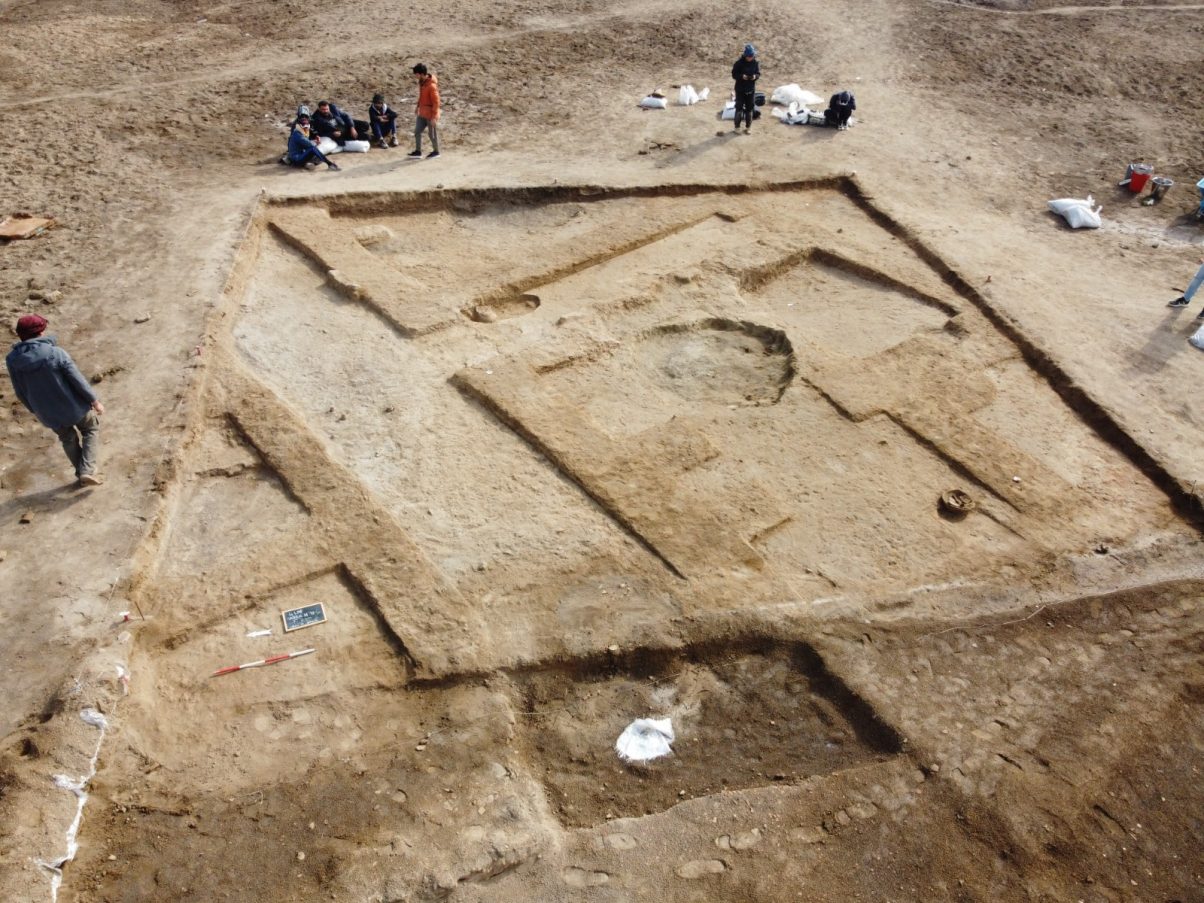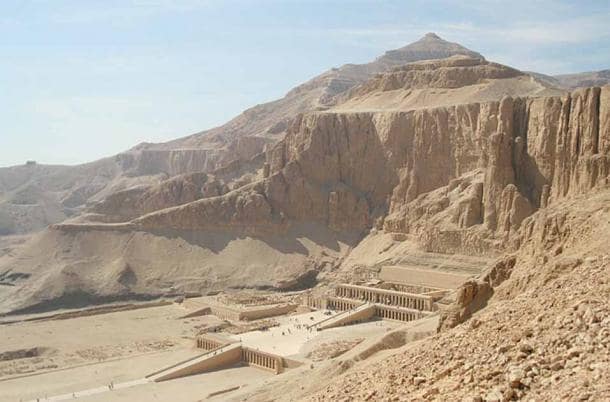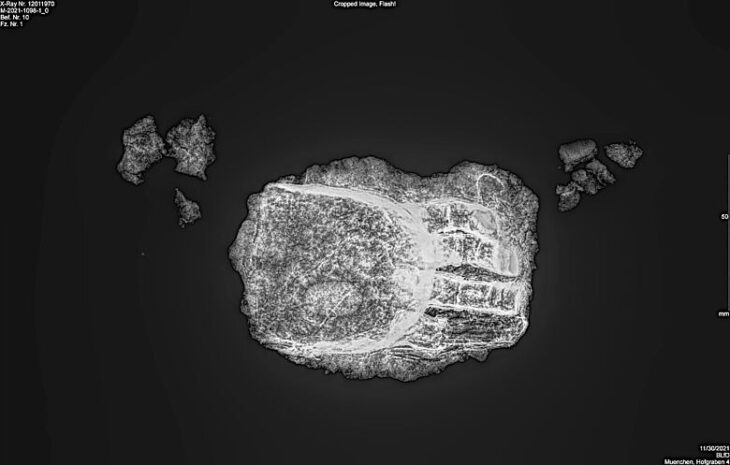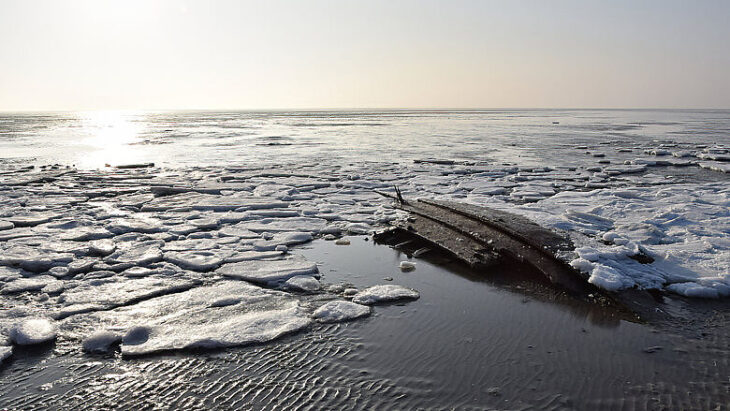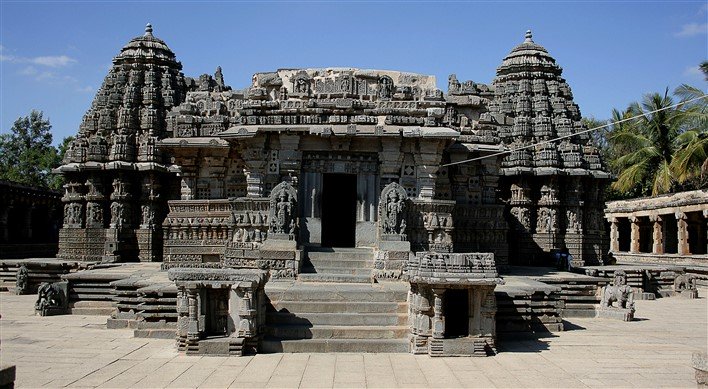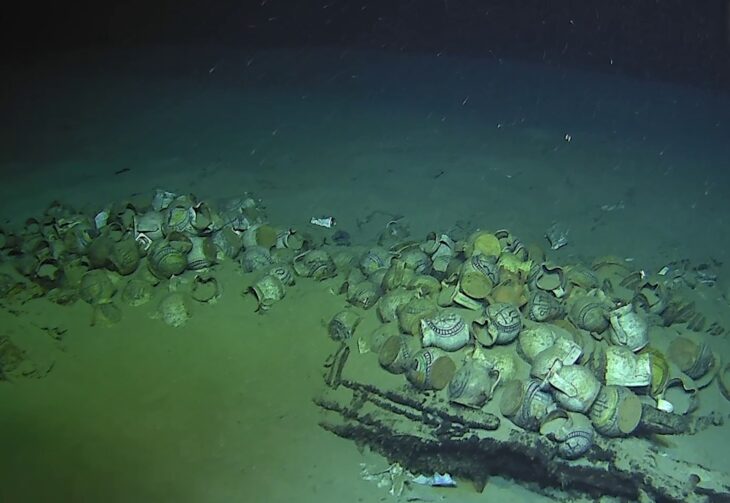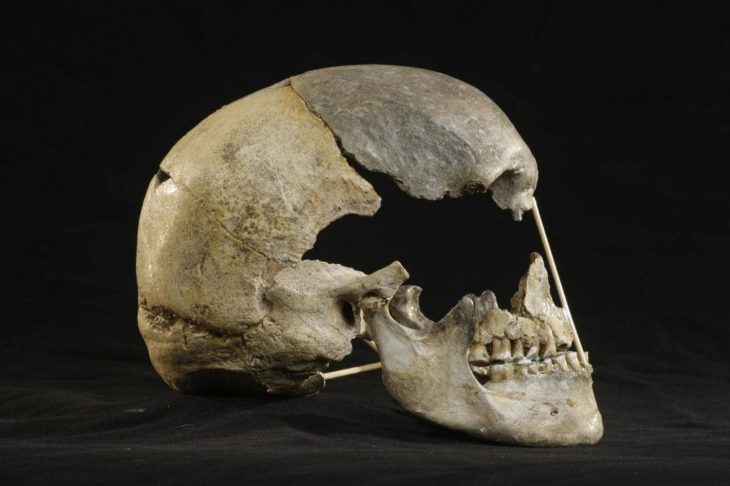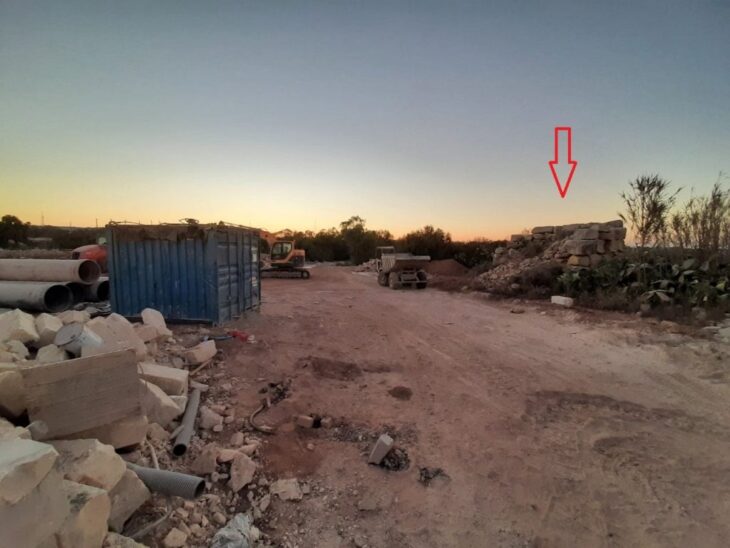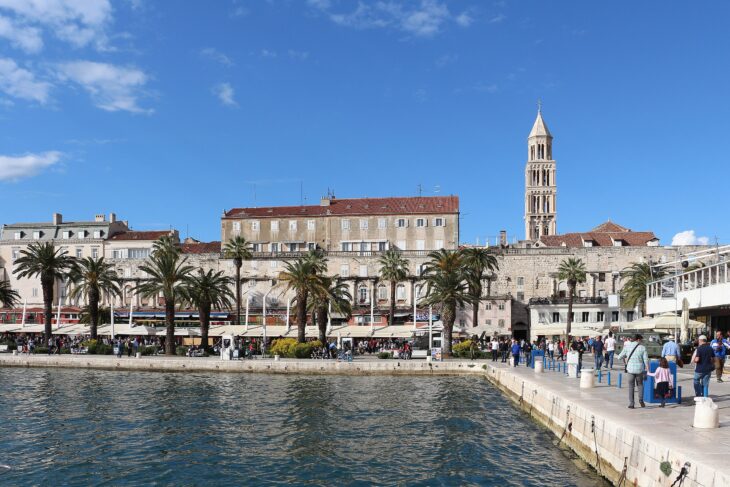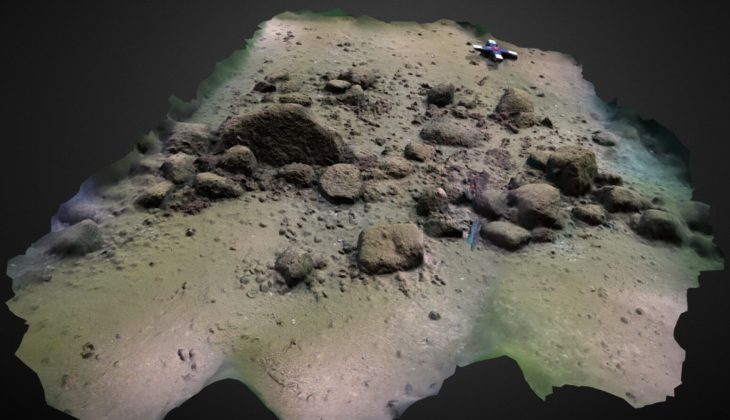Archaeologists have unearthed the remains of a public eating space that’s nearly 5,000 years old in southern Iraq, the University of Pennsylvania announced last week.
However, what surprised the researchers most was the large “tavern” they uncovered, complete with benches, a type of clay refrigerator called a “zeer,” an oven, and the remains of storage vessels, many of which still contained food.
Holly Pittman, professor in the University of Pennsylvania’s History of Art department, curator of the Penn Museum’s Near East Section, and the Lagash project director, said, according to a UPenn press release, “It’s a public eating space dating to somewhere around 2700 BC. It’s partially open air, partially kitchen area.”
The find offers insight into the lives of everyday people who lived in a non-elite urban neighborhood in southwest Asia around 2700 B.C.E.
An area Penn researchers have studied since the 1930s when the Penn Museum teamed up with Leonard Woolley and the British Museum to excavate the important archaeological site of Ur about 30 miles to the southwest. In 2019, the latest round of Lagash excavations began, and despite a short pandemic-necessitated pause, the project has real momentum, with four field seasons now complete.
📣 Our WhatsApp channel is now LIVE! Stay up-to-date with the latest news and updates, just click here to follow us on WhatsApp and never miss a thing!!
To excavate most effectively, the researchers are employing cutting-edge methodologies, including drone photography and thermal imaging; magnetometry, which captures the magnetic intensity of buried features; and micro-stratigraphic sampling, a surgically precise type of excavation. To understand the city’s environmental context, they’ve also extracted sediment cores that reflect millennia of ecological development.
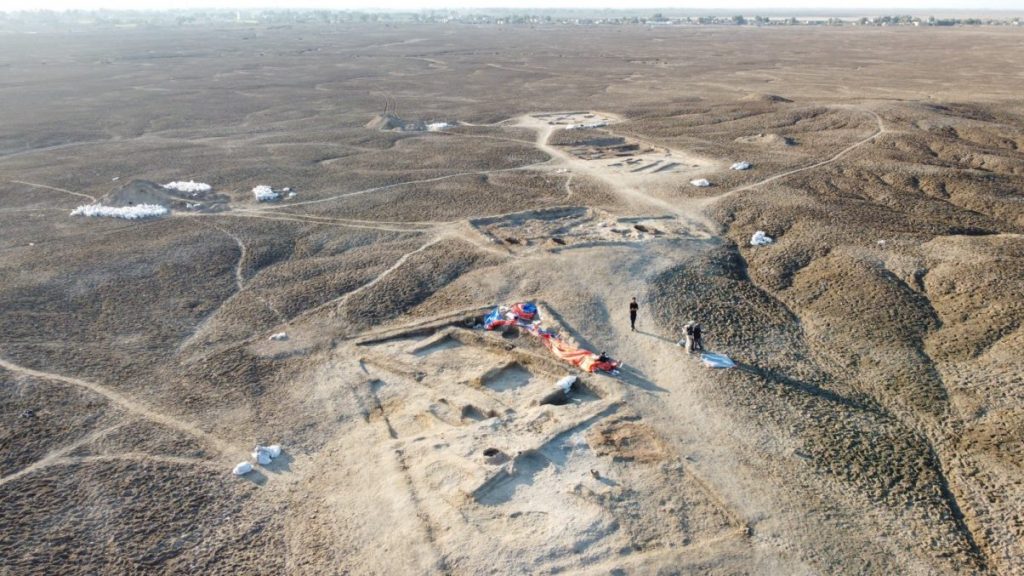
“At more than 450 hectares, Lagash was one of the largest sites in southern Iraq during the 3rd millennium,” Pittman says. “The site was of major political, economic, and religious importance. However, we also think that Lagash was a significant population center that had ready access to fertile land and people dedicated to intensive craft production. In that way the city might have been something like Trenton, as in ‘Trenton makes, the world takes,’ a capital city but also an important industrial one.”
“It’s not like old-time archaeology in Iraq,” says Zaid Alrawi, project manager for the Lagash project at the Penn Museum. “We’re not going after big mounds expecting to find an old temple. We use our techniques and then, based on scientific priority, go after what we think will yield important information to close knowledge gaps in the field.”
To investigate the public space just 19 inches below the surface, the archaeologists used a technique that involves excavating thin horizontal sections one by one. Discovering the tavern suggests that the society at Lagash included a middle class, in addition to enslaved individuals and elites.
“The fact that you have a public gathering place where people can sit down and have a pint and have their fish stew, they’re not laboring under the tyranny of kings,” says Reed Goodman, an archaeologist at the University of Pennsylvania. “Right there, there is already something that is giving us a much more colorful history of the city.”
Other discoveries made by the researchers at the site include a pottery-making area with six ceramic kilns, benches, and a table that was once used by the city’s early residents. In addition, they found a domestic dwelling with a kitchen and a bathroom.

